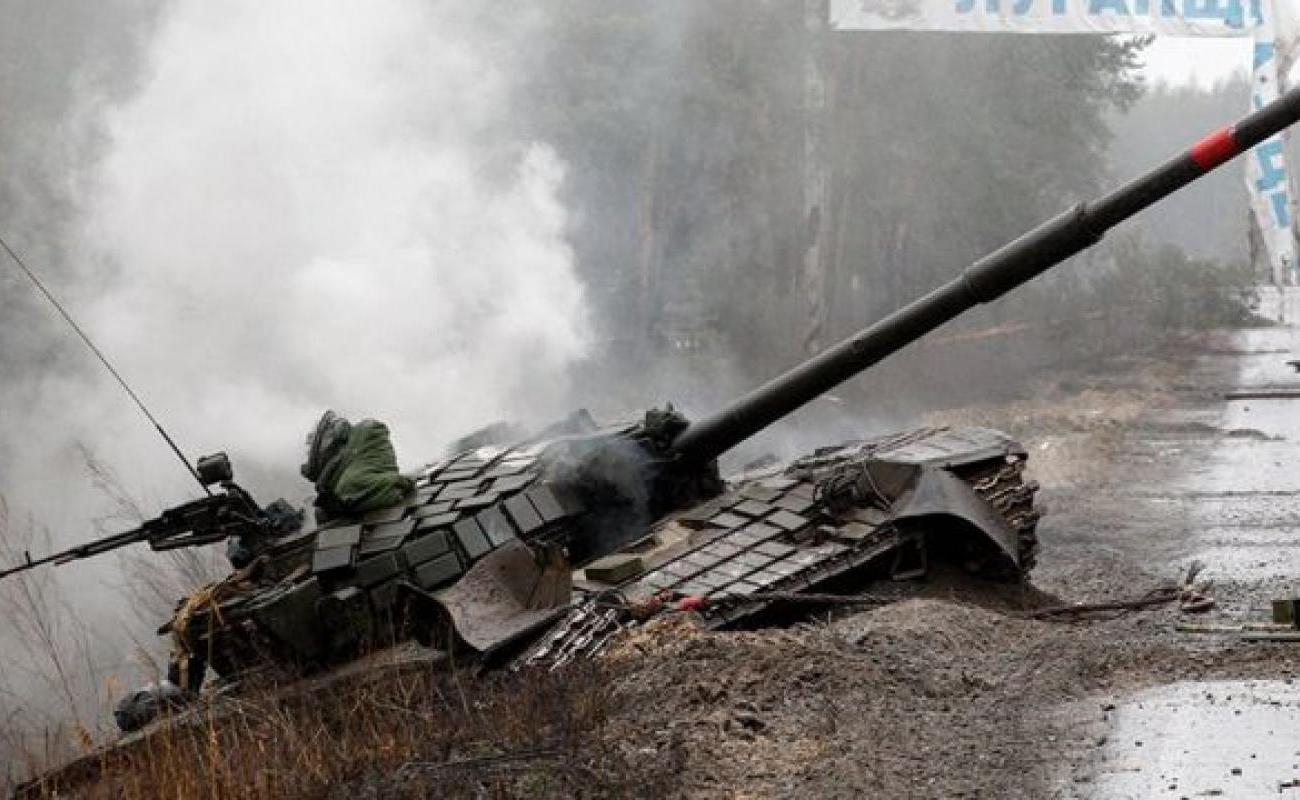Is Russia ready for a long war?

The message that the Russians are preparing for a "long war" is getting out more and more often. A year, two or more...
But let me remind you of a quote by Harold Innis, a Canadian economist and historian: "No war can last long unless it is fueled by some kind of economic basis. No economy is sufficient if war disrupts it."
Here it is. Below, we summarize the main news about the Russian economy since the beginning of the year:
1. Russia's revenues from oil and gas exports fell 38 percent in January to $18.5 billion.
2. Gas production in Russia fell by 11 percent in January. Experts associate it with the introduction of sanctions.
3. Russia's earnings from oil and gas exports almost halved in February, writes Bloomberg.
Compared to last year, the revenues of the budget of the Russian Federation from oil decreased by 48 percent, and from gas by 42 percent.
4. In the European Union, consumption from August to January was 19 percent lower than the average for the previous five years, according to Eurostat data.
5. At the same time, 80 percent of Russian gas imports into Europe are compensated by deliveries from the USA and Norway, - said the head of the European Commission, Ursula von der Leyen.
6. Russian business has problems with paying taxes. Thus, the debts of Russian companies for 2022 have increased by as much as 20 percent, and VAT debts by as much as 40 percent.
7. The budget of the Russian Federation faces a serious deficit:
— Expenditures increased by 51.5 percent.
— Revenues fell by 24 percent.
Oil and gas revenues fell the most (by 46 percent). The budget deficit has now reached 2.5 trillion rubles.
8. VAT collection in January fell by 44 percent, and export taxes for customs offices almost tripled. This creates a hole in the budget, and in order to close it, they have to look for new sources of income, a "voluntary" contribution from the companies' operations will not be enough.
9. Russia's budget deficit reached 34 billion dollars.
10. The US and its allies have frozen the assets of Russian oligarchs under sanctions, totaling about $58 billion, the US Treasury Department reports.
11. Belgium has frozen the most Russian assets of all EU countries — a total of 58 billion euros, writes The Bruxelles.
12. The US government has already imposed sanctions against 80 percent of the Russian banking sector. About 2,400 individuals and legal entities have been subject to US restrictions since the beginning of the war in Ukraine.
13. Russians are starting to save more and more on shopping. Thus, the sale of electronics fell by 32-40 percent in money and by 11 to 12 percent in the number of devices at the beginning of 2023.
14. Turkey stopped the transit of sanctioned goods to Russia. The customs system blocks their registration.
15. Russian diesel fuel costs about $35 per barrel less in Europe than non-Russian diesel fuel.
16. International reserves of the Russian Federation amounted to $574.247 billion as of March 1. They decreased by 3.82 percent or 22.788 billion dollars during the month.
17. Another blow to the Russian budget — the price of mineral fertilizers fell by 25 to 30 percent compared to the maximum price.
18. Sanctions set back retail sales in Russia more than 10 years ago, writes Bloomberg citing experts.
19. Moody's agency predicts a drop in Russian GDP of three percent in 2023.
This is a short list of economic news from Russia.
There are big problems in the automotive, aircraft and rocket industries. 300 billion dollars in reserves of the Central Bank of Russia were frozen. The oligarchs of the Russian Federation have already lost more than 90 billion dollars According to UIF estimates, and by the end of the year the budget deficit will eat 100 percent of the reserves of the National Welfare Fund of the Russian Federation, whose assets are about six trillion.
However, judging by the energy market (price of resources, volume of exports), the fund's money may run out already in the summer. Of course, they will start printing money (they are already doing that), the dollar exchange rate in the Russian Federation is already approaching 80 rubles, but at this rate it will be at least 120 by the end of the year, and it is not excluded that it will rise to 200 rubles.
In this military campaign, the Russian Federation does not have enough financial resources.
The supply of old missiles is running low, and the new missiles are already worth $500 million in real money (note that the frequency has been increased from 12-15 days to a month). The Russians are not ready for a long war.
